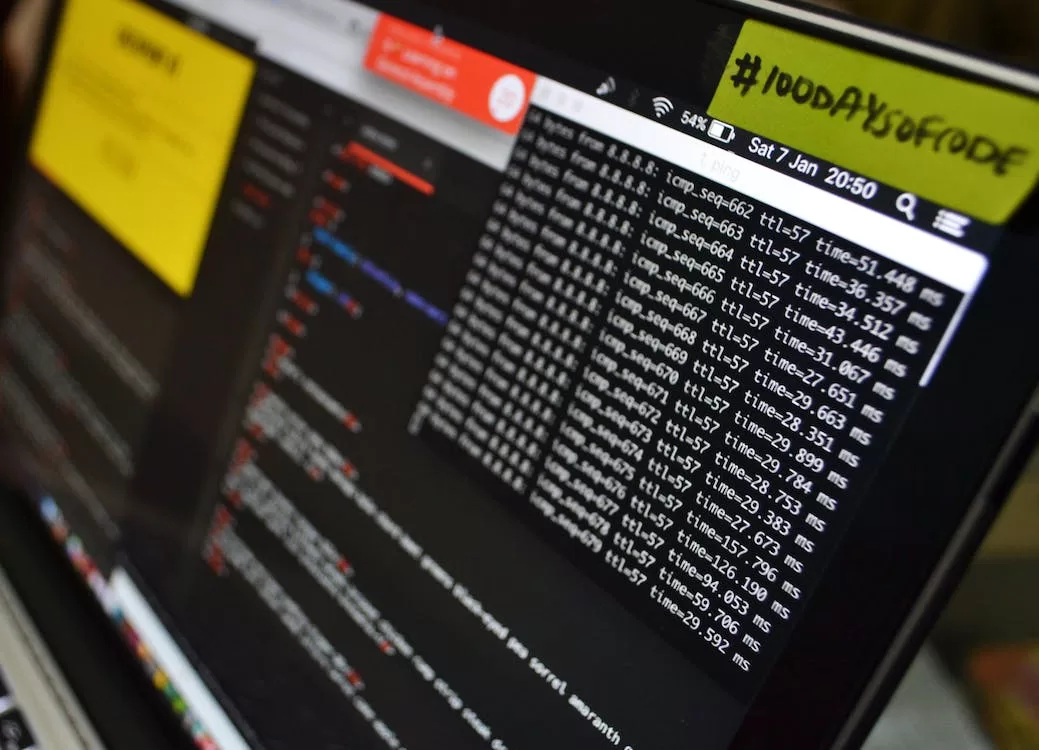Until early 2020, the prevailing thoughts were that the seismic shift in work would be catalyzed by automation and globalization. But most of us realize that the disruption in anything comes from the pace and scale of change. With the onset of the new normal, came the new work canvas where the rules of work would change. Many of us would agree that an Organization’s culture is its Mindset. The new ways of work in the new normal demands a change in mindsets.
The concept of Hybrid work spaces (or work places), was born out of the phenomenon that has emerged from the shift we have to the new rules of work that may become the new order.
With a remote workforce, everyone is on an equal playing field. No one is in the office, and everyone knows how to connect to people and where to collaborate. With an in-person workforce, everything is extremely visible; employees know where everyone is and how to connect with them. Hybrid workforce needs to compensate for the fact that employees may be in-office or at home.
This requires detailed processes for communication and collaboration, as well as more complex scheduling systems. Companies need to be prepared to answer some questions, which may range from process of communication, team schedules, accessibility of leads in relation to the team, and all employees going hybrid or have the option of being fully remote or fully in person.
With the right processes, these issues can be resolved, through consistent communication about the infrastructure of the business. Having a singular technology platform that governs all communication and can reduce the necessity for employees to “guess” as to how they’re supposed to connect with people. Likewise, consolidating data through an online platform that reduces the chances of missing or lost documentation.
Employers will need to decide right away whether they’re going to stagger in-office employees (have employees working in the office at different, scheduled times) or offer flex-time to employees (allow employees to schedule themselves out of the office when they need to). They will also need to develop processes for ensuring that employees who need to frequently work together, or employees who are in the same departments, are able to effectively work together.






